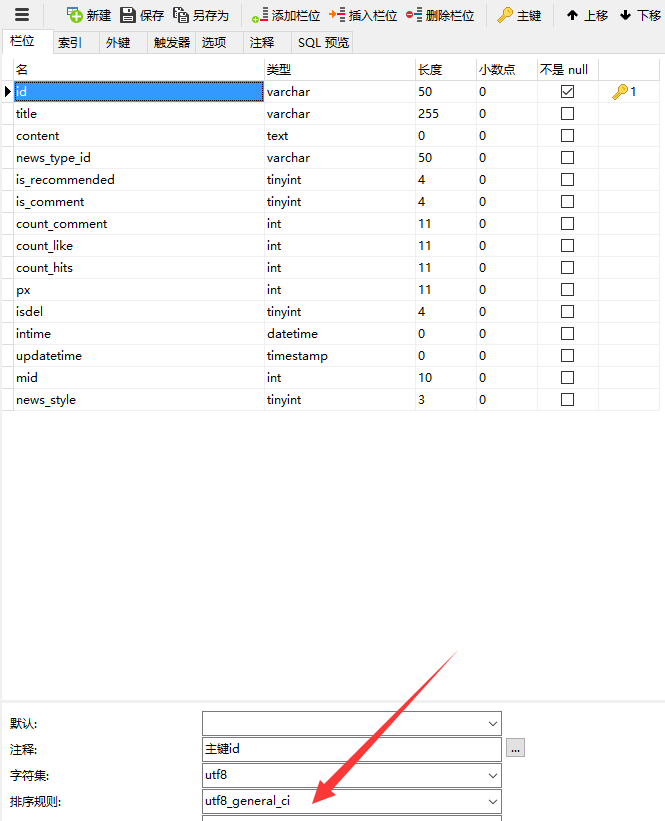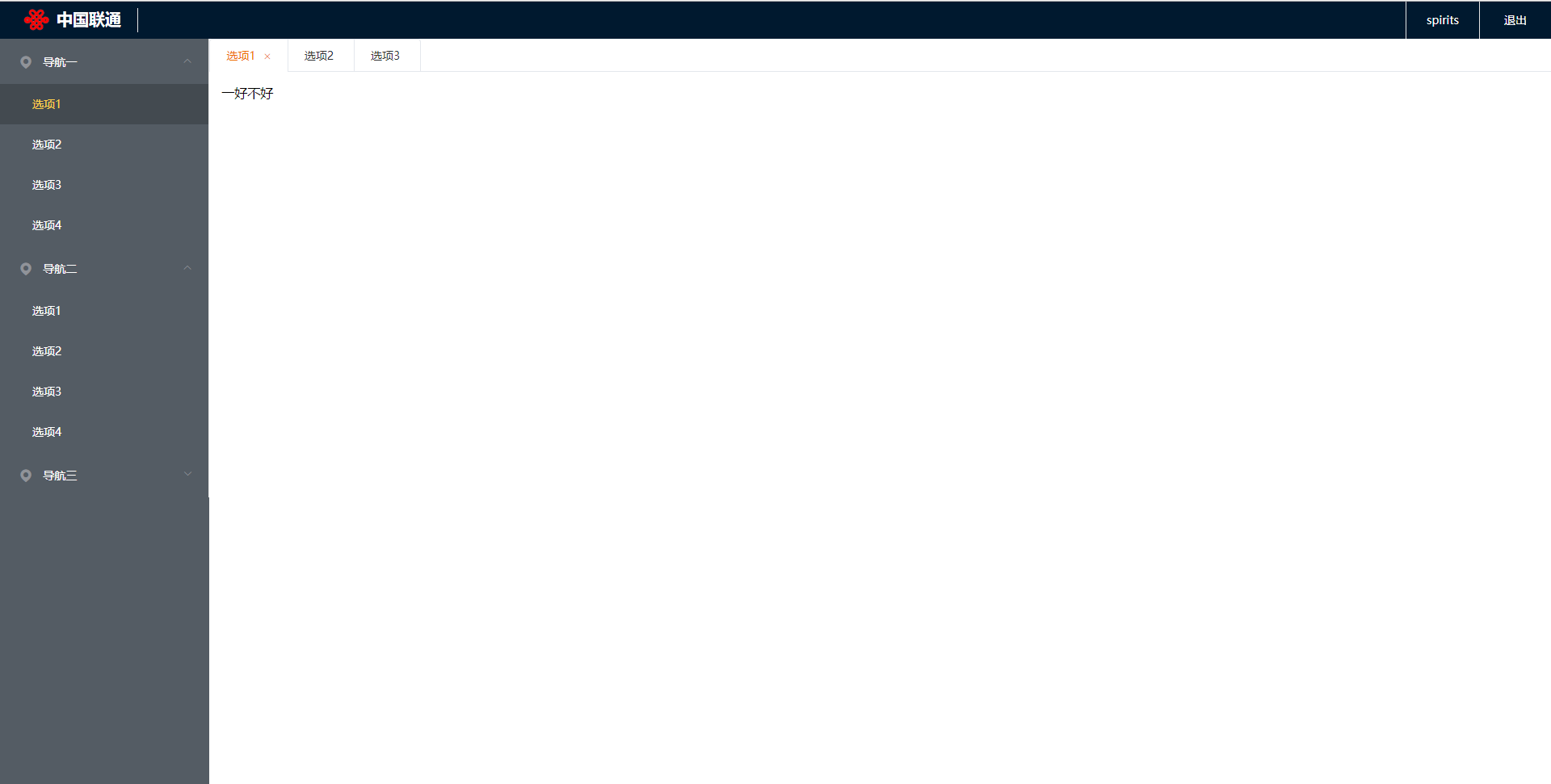python基础篇--Dict(字典)
dict(字典)
特点:由键和对应值成对组成,字典也被称作关联数组或哈希表
标识:{}
例子:dict2 = {‘dong’:123, ‘you’:456, ‘yuan’:789}
访问字典:
dict2 = {'dong': 123, 'you': 456, 'yuan': 789}print dict2['dong']print dict2['you']# 输出结果# 123# 456
修改字典:
dict2 = {'dong': 123, 'you': 456, 'yuan': 789}print dict2['dong']dict2['dong'] = '111'print dict2['dong']# 输出结果# 123# 111
删除字典:
dict2 = {'dong': 123, 'you': 456, 'yuan': 789}del dict2['dong']print dict2dict2.clear()print dict2del dict2print dict2# 输出结果# {'you': 456, 'yuan': 789}# {}#del dict2 已经删除了dict2,所以dict2没有定义错误# print dict2# NameError: name 'dict2' is not defined
字典特性:
(1)字典值可以没有限制地取任何python对象,但是不允许同一个键出现两次,同一个键被赋值两次时,前一个值会别后一个值所覆盖。
dict2 = {'dong': 123, 'you': 456, 'yuan': 789}dict2['dong'] = '111'dict2['dong'] = '222'print dict2['dong']# 输出结果# 222
(2)键必须为不可变,所以可以用数字,字符串或元组,但是不能够用列表
dict2 = {['dong']: '111', 'you': '222'}l = ['dong']print dict2[l]# 输出结果# dict2 = {['dong']: '111', 'you': '222'}# TypeError: unhashable type: 'list'
内置函数:
cmp(dict2, dict3):比较两个字典
len(dict2):字典元素个数(键的个数)
str(dict2):转化成字符串
type(variable):
字典方法:
dict2.clear(): 删除字典内所有元素
dict2.copy(): 返回一个字典的浅复制(跟原来的dict2共同引用元素的内存地址)
dict2.fromkeys(): 创建一个新字典,以序列seq中元素做字典的键,val为字典所有键对应的初始值
dict2.get(key, default=None):
dict2.has_key(key): 如果键在字典里面返回True,否则返回False
dict2.items(): 以列表返回可遍历的(键, 值) 元组数组
dict2.keys(): :以列表返回一个字典所有的键
dict2.setdefault(key, default=None): 和get()类似, 但如果键不已经存在于字典中,将会添加键并将值设为default
dict2.update(dict3): 把字典dict3的键/值对更新到dict里
dict2.values(): 以列表返回字典中的所有值



































还没有评论,来说两句吧...